How Are Jacquard-Knit Socks Made? - The Ultimate Guide
Did you know that each jacquard-knit sock goes through a meticulous process involving over 200 needles? Crafting these intricate patterns requires precision and expertise. From selecting high-quality yarn to programming the knitting machines, every step is crucial in creating these unique and stylish socks. The jacquard-knit technique allows for endless design possibilities, making each pair a work of art. Stay tuned as we delve into the fascinating world of jacquard-knit socks and uncover the secrets behind their creation.
The Art of Yarn Selection
Yarn Choice
Jacquard-knit socks require careful selection of yarn to achieve the intricate patterns and designs. The chosen yarn must be durable and elastic.
Natural fibres like wool and cotton are preferred for jacquard socks due to their breathability and comfort. Synthetic fibres can also be used for added durability.
Dyeing Process
Dyeing yarn is a crucial step in creating jacquard-knit socks with specific designs. Different coloured dyes are applied to the yarn before knitting.
The dyeing process involves meticulous precision to ensure that each section of the yarn is dyed accurately for the desired pattern.
Preparing the Loom for Jacquard
Setting up
To create jacquard-knit socks, setting up the loom is crucial. This process involves carefully arranging threads for intricate patterns.
Arranging the threads on a jacquard loom allows for intricate patterns to be woven into the fabric. Each thread corresponds to a specific colour or part of the design.
Functionality of Punched Cards
Punched cards play a pivotal role in jacquard looms. These cards control which threads are lifted during each pass of the shuttle.
The punched cards act as a guide, determining which threads will form the pattern on the fabric. This mechanism enables complex and detailed designs to be woven seamlessly.
Uniqueness in Sock Production
Jacquard looms offer a unique advantage in sock production due to their ability to create intricate designs and patterns effortlessly.
The versatility of jacquard looms allows for customisation, enabling manufacturers to produce socks with various designs, colours, and textures efficiently.
Weaving Techniques Unveiled
Inserting Weft Yarns
Weft knitting involves the exchange of weft yarns to create intricate patterns in jacquard-knit socks. The weft yarns are inserted horizontally across the warp yarns, forming the fabric's design.
During this process, each weft yarn is used to knit specific coloured sections, contributing to the sock's unique pattern. Knitting machines precisely insert these weft yarns to achieve detailed designs and colour variations.
Role of Knitting Needles
Knitting needles play a crucial role in weaving textiles like jacquard-knit socks. These needles work by interlocking the weft and warp yarns to form the desired patterns seamlessly.
The exchange of knitting needles allows for precise manipulation of the yarns, creating complex designs and textures. By controlling the movement of these needles, manufacturers can produce socks with varying thicknesses and designs.
Intricacies of Pattern Creation
Punched Cards
Jacquard-knit socks are crafted intricately using punched cards to create complex patterns. These cards control the needles, enabling precise pattern formation.
The process involves inserting these cards into the jacquard machine, each card representing a specific row of the pattern. As the machine reads the cards, it selects the corresponding needles to knit the design accurately.
Design Versatility
Jacquard socks offer a myriad of design possibilities due to their intricate pattern creation method. From simple geometrical shapes to intricate floral designs, the options are limitless.
This versatility allows for unique and customised designs, making jacquard socks a popular choice for those seeking individuality in their clothing accessories.
Precision in Creation
Crafting jacquard-knit socks requires meticulous precision in pattern creation. Each punched card must be accurately aligned to ensure the design's integrity throughout the knitting process.
One misaligned card can disrupt the entire pattern, highlighting the need for careful attention to detail and accuracy in every step of production.
The Magic of Weft Knitting
Weft Knitting
Weft knitting is the enchanting technique used in creating jacquard-knit socks, adding a touch of magic to each intricate design. This method involves interlocking loops of weft yarn at right angles to the lengthwise warp yarns, resulting in flexible and stretchy fabrics.
The process of weft knitting allows for detailed designs to be incorporated into the fabric, making jacquard socks stand out with their unique patterns and colours. By intertwining different coloured weft yarns, striking motifs and images can be formed seamlessly within the knit structure.
Intricate Designs
Jacquard-knit socks are a testament to the artistry of weft knitting, showcasing elaborate patterns and vibrant hues. The placement of weft yarns perpendicular to the warp creates a dense and intricate fabric that is both visually appealing and durable.
Crafted with precision and care, jacquard-knit socks boast complex designs that elevate them from ordinary knitted garments. Each pair tells a story through its carefully woven motifs, whether it's playful geometric shapes or elegant floral patterns.
Precision and Detail
Weft knitting in jacquard socks requires meticulous attention to detail, as every stitch contributes to the overall design. By carefully selecting and positioning the weft yarns during the knitting process, artisans can achieve stunning visual effects and textures.
The beauty of jacquard-knit socks lies in their ability to combine precision with creativity, resulting in wearable works of art that captivate the eye. Whether it's a subtle gradient or a bold graphic motif, each pair is a testament to the skill and craftsmanship involved in weft knitting.
Detailing the Jacquard Loom's Role
Controlling Warp Yarns
Jacquard looms play a pivotal role in the creation of intricate jacquard-knit socks. These looms are equipped with a series of individual warp yarns that are meticulously controlled. The warp yarns move independently, allowing for precise manipulation and pattern formation.
The advanced technology integrated into jacquard looms enables each warp yarn to be controlled individually. This level of control is essential for producing complex designs and patterns on the fabric. By adjusting the positioning and tension of these warp yarns, intricate and detailed designs can be achieved seamlessly.
Intricate Design Capabilities
One of the most remarkable features of a jacquard loom is its ability to produce intricate designs on knitted fabrics such as socks. Unlike traditional weaving techniques, jacquard knitting allows for the creation of elaborate patterns, motifs, and even images within the fabric itself. This technology opens up a world of creative possibilities for designers and manufacturers.
- Precise control over individual warp yarns
- Enables intricate and detailed designs
- Advanced technology for complex pattern formation
Assembling the Sock Components
Attaching Components
Jacquard socks are crafted by assembling various components. The toe section is usually closed using a technique called Kitchener stitch, ensuring a seamless finish. Following this, the heel is shaped using short rows to provide a comfortable fit.
The cuff of the sock is then knitted to add elasticity and hold the sock in place. This part often features intricate patterns or ribbing for both aesthetic appeal and functionality. These components are crucial in creating a well-structured and durable jacquard sock.
Final Steps
After attaching the toe, heel, and cuff, the final steps involve closing any remaining gaps and weaving in loose ends. This meticulous process ensures that the sock is secure and free from loose threads that could cause discomfort during wear.
To complete the assembly, a technique known as blocking may be used to shape the sock and allow it to retain its form. Blocking helps enhance the overall appearance of the jacquard knit design, making it more visually appealing.
Finishing Touches for Perfection
Washing and Softening
Jacquard-knit socks undergo washing to remove any residual chemicals or impurities from the manufacturing process. This step ensures the socks are clean and safe for wear. softening treatments are applied to enhance comfort and texture.
The washing process typically involves using mild detergents and lukewarm water to preserve the sock's colours and fibres. Once washed, the socks are rinsed thoroughly to eliminate any soap residue. Softening agents like fabric softeners or conditioners can be used to make the socks feel smoother against the skin.
Importance of Dyeing
Dyeing plays a crucial role in achieving the vibrant patterns and colours characteristic of jacquard-knit socks. The dyeing process involves immersing the socks in dye solutions to impart specific hues. Control over factors such as temperature, time, and dye concentration is essential for consistent results.
To ensure uniform colour distribution, the socks may be agitated gently during dyeing. After dyeing, thorough rinsing removes excess dye and prevents colour bleeding during wear. Proper processing techniques guarantee that each pair of socks meets quality standards.
Final Quality Checks
Before reaching consumers, jacquard-knit socks undergo meticulous quality control checks to detect any defects or irregularities. Any mistakes in pattern alignment or stitching are corrected at this stage to uphold product excellence.
In addition to visual inspections, functional tests may be conducted to assess factors like elasticity and durability. Socks that pass these rigorous checks proceed to final proof, ensuring they meet customer expectations for comfort and style.
Closing Thoughts
You've delved into the intricate world of creating jacquard-knit socks, from selecting the finest yarn to mastering weaving techniques and perfecting every detail on the loom. Each step contributes to the magic that adorns your feet with unique patterns and unmatched comfort. As you appreciate the craftsmanship behind each pair, remember the artistry and skill that go into crafting these exceptional pieces.
Now, armed with a deeper understanding of the process, why not explore creating your own jacquard-knit designs? Unleash your creativity and experiment with different patterns and colours to craft socks that reflect your style. Embrace the art of jacquard knitting and let your imagination run wild as you embark on this exciting journey of textile creation.
Frequently Asked Questions
How important is yarn selection in making jacquard-knit socks?
Yarn selection is crucial as it determines the quality, feel, and appearance of the final product. Choosing the right yarn ensures durability, comfort, and vibrant colours in jacquard-knit socks.
What role does the loom play in preparing for jacquard knitting?
The loom sets the foundation by creating a base structure for intricate patterns. It holds and aligns the yarn during weaving to achieve precise designs in jacquard-knit socks.
Can you explain the weaving techniques used in jacquard knitting?
Jacquard knitting employs complex techniques like float stitches and colour changes to create detailed patterns. These methods allow for intricate designs and colour variations on each sock.
How are pattern intricacies achieved in jacquard-knit socks?
Pattern intricacies are achieved through precise manipulation of individual stitches. By controlling each stitch's colour placement, intricate designs such as geometric shapes or motifs can be woven seamlessly.
What makes weft knitting magical in the context of jacquard socks?
Weft knitting allows for versatile design possibilities by interlacing yarn horizontally across rows. This technique enables intricate patterns and colour variations characteristic of jacquard-knit socks.











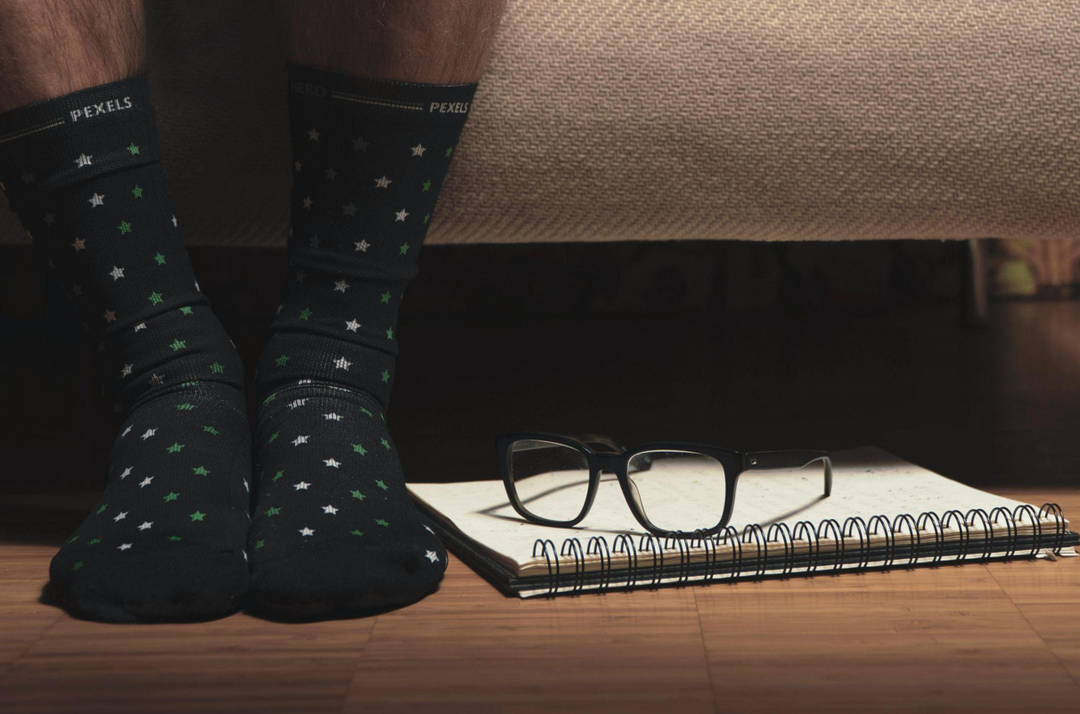
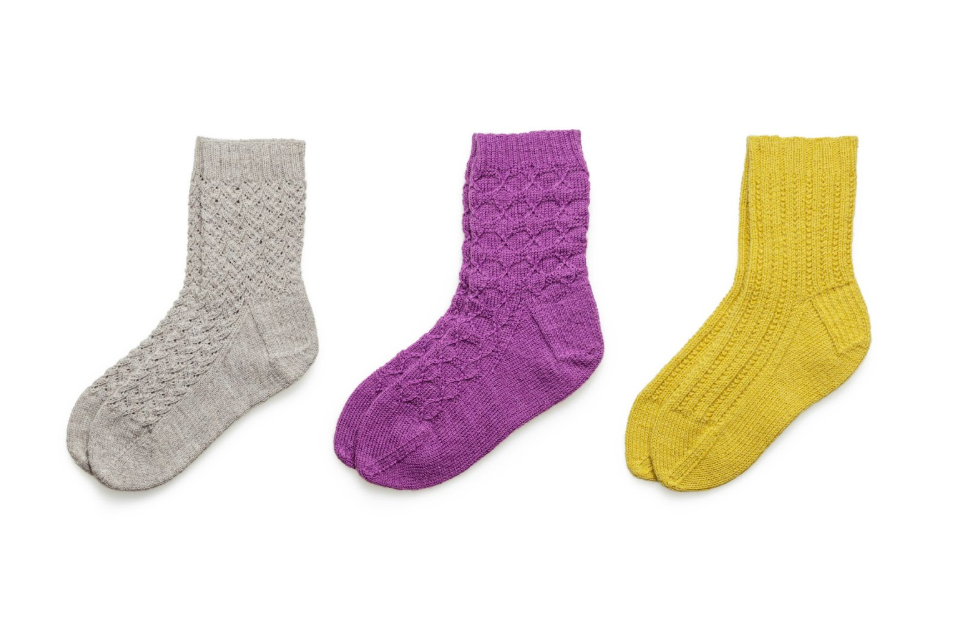
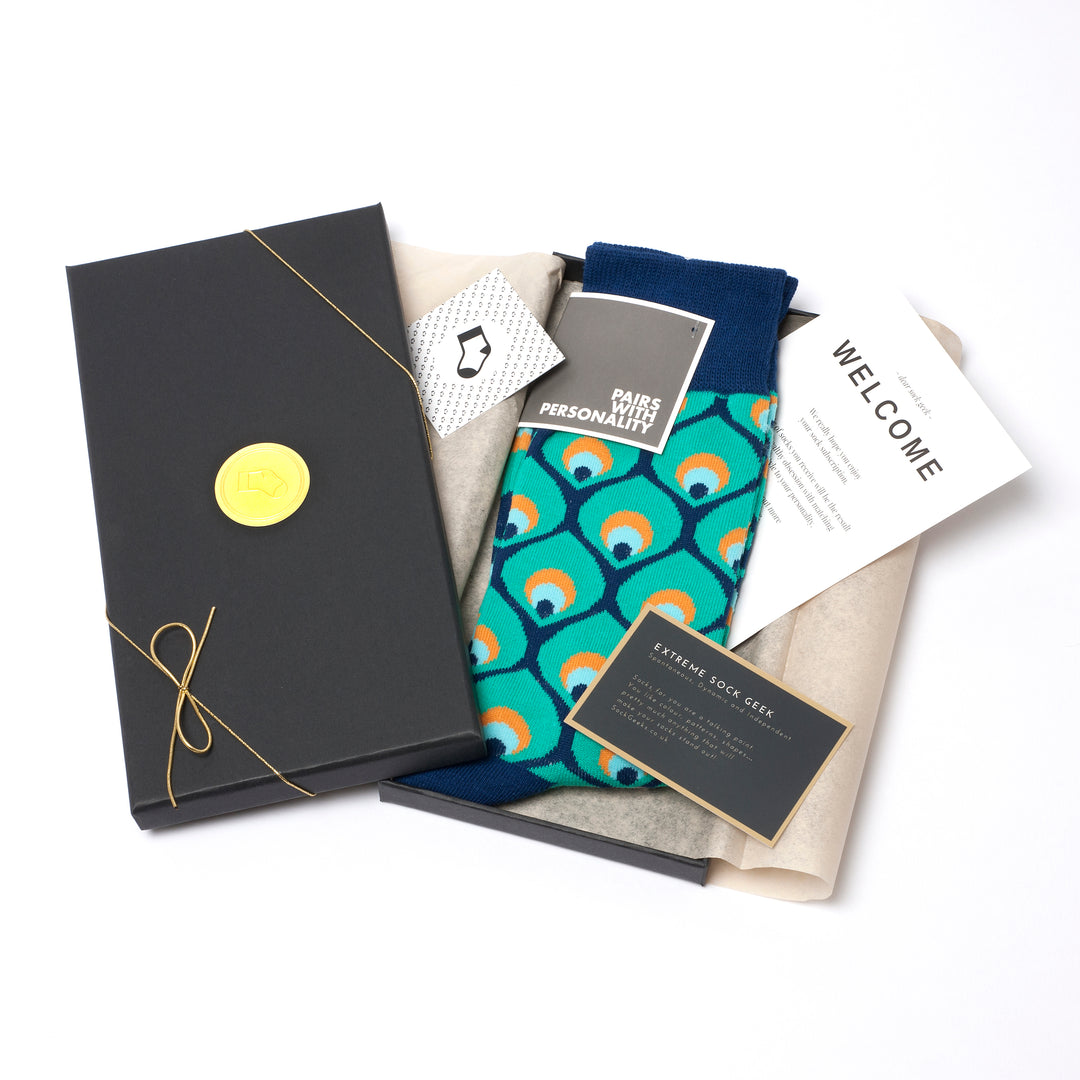
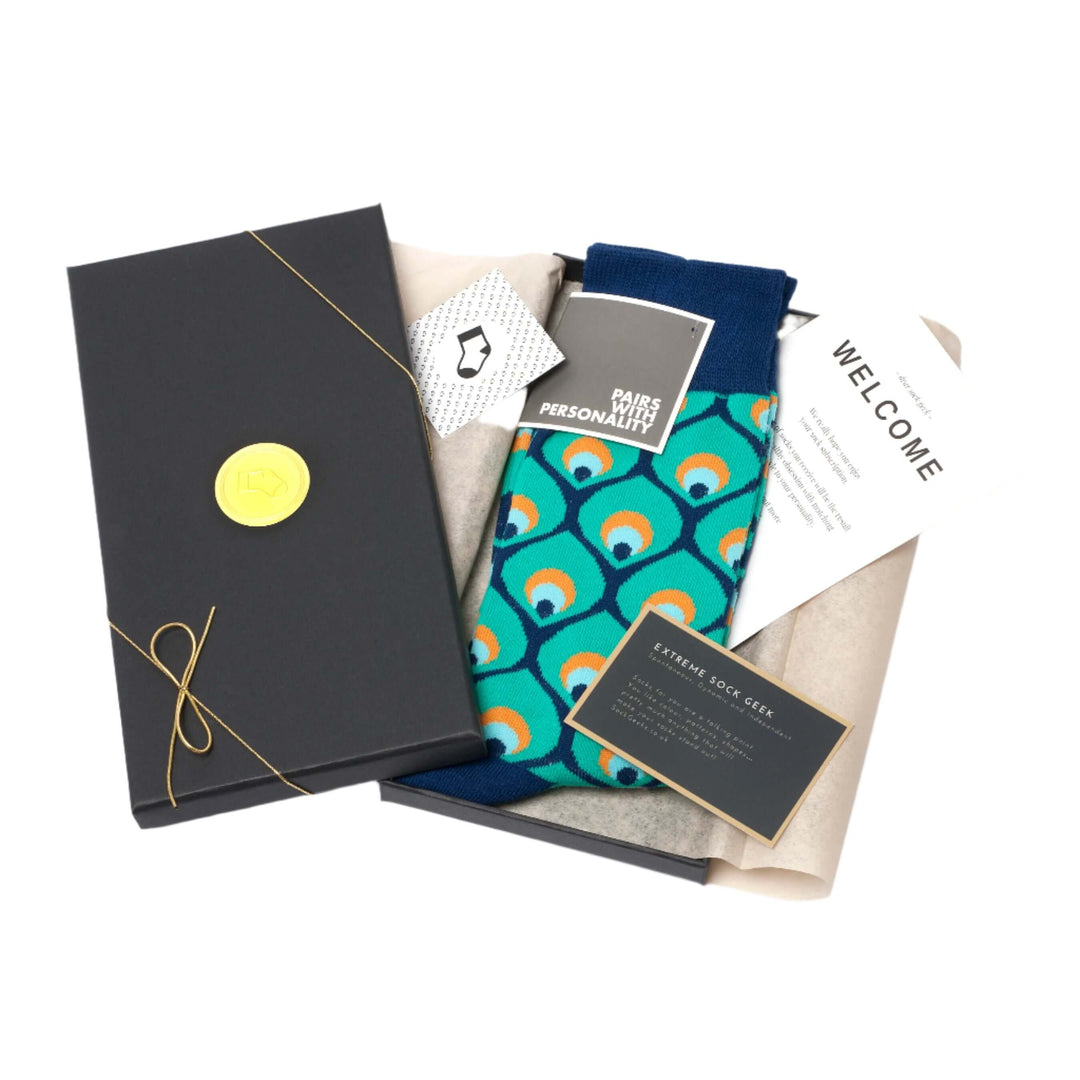

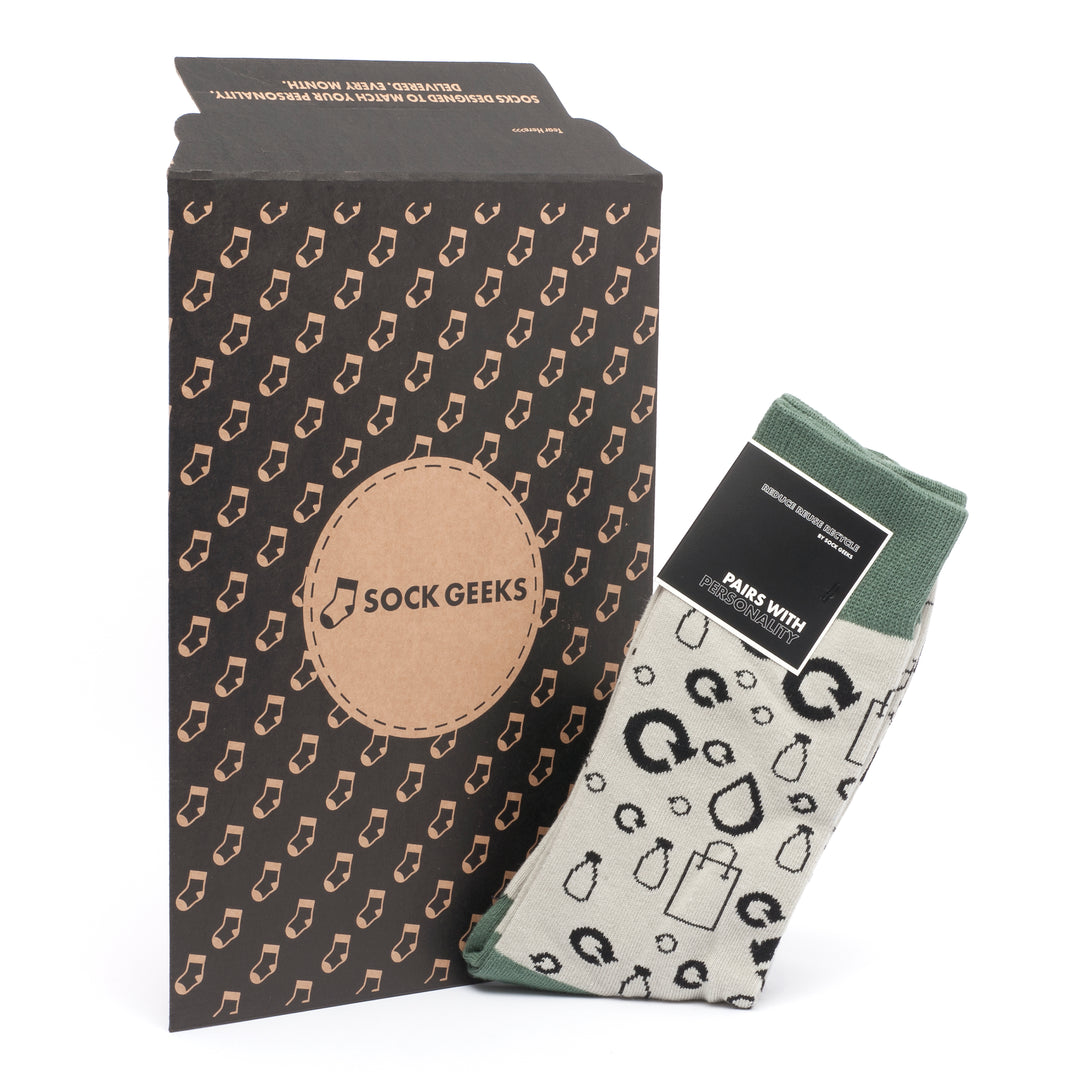



Leave a comment